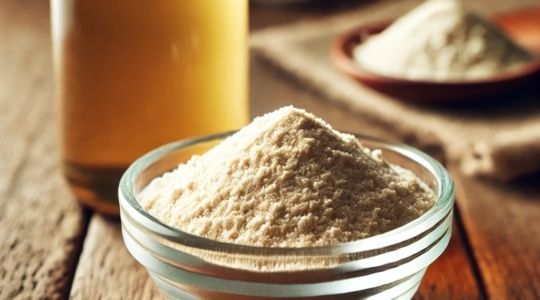Dr. Behr’s on-site quality assurance
Apart from the altitude, Tarapoto at the foot of the Andes in northern Peru reminded us of Cajamarca, where we visited our Maca suppliers last year. The city with around 150,000 inhabitants is considered the economic centre of the province of San Martín. Approx. 40,000 tonnes of cocoa beans are cultivated here every year—3,000 tonnes of which in Tabalosos alone, about 45 minutes by car from Tarapoto centre. The first of a total of three farms that we visited on our trip is located in Tabalosos.
Only a few farmers process the cocoa fruits themselves
On their way to the finished product, the harvested cocoa fruits (Spanish: Mazorcas) undergo numerous processing steps. However, these are only rarely carried out by the producers themselves. Hence, our supplier works with an agent who coordinates the procurement of the Mazorcas as well as their further processing with the appropriate companies and then delivers dried cocoa beans in both conventional and organic quality to our supplier. During our visits to the cocoa farmers we were accompanied by the experienced agent whose family has been in the cocoa business for over fifty years.
Processing takes up to three weeks
After harvesting, the Mazorcas are transported to the nearest processing plant, where they are opened and then placed in cleaning tanks together with the white pulp. The jelly-like pulp can drain off; the beans are cleaned with water. Afterwards, the still moist, white cocoa beans are filled into wooden containers and covered for fermentation. Every eight to twelve hours, they are transferred to further containers to ensure uniform fermentation of all beans. Depending on the weather (humidity and temperature), the entire fermentation takes seven to twelve days.
Over the next five to seven days the beans then dry in the sun (on nets or tarpaulins). In this process, too, they are regularly rearranged for uniform drying.
The cocoa beans are then transported by truck to Lima to the production facilities of our supplier, where they are processed into nibs. For this, they are put into a drum to sort out branches and stones. After another wash and drying, they are “crushed”. The cocoa nibs are ready for shipment once they have been vacuum-packed and checked for metal.
Very positive conclusion
The high level of prudence with which the cocoa nibs are produced has convinced us once again that we are working with the right supplier and can therefore offer you excellent quality. This is underlined by several labels and certifications: organic label, GMP (Good Manufacturing Practice) certification and HACCP (hazard analysis and critical control points) certification.
You would like to know more about our trips, suppliers and products? Feel free to contact us!



